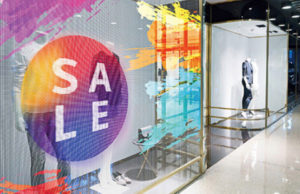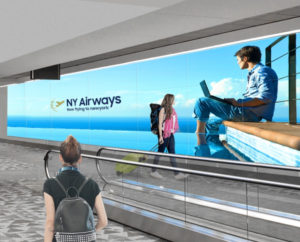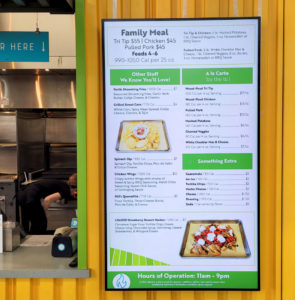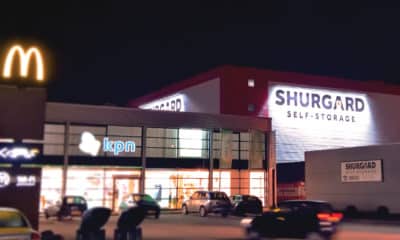LET’S PLAY A WORD-ASSOCIATION game. If we say electric sign, what pops into your head first? Channel letters? Backlit signs? Neon? Yep, those are all signs and they use electricity, but we want to discuss programmable electric displays where the message can be changed to suit the customer’s needs. So let’s look at the popular market segments, what products address the needs and where everything is headed in the future.
The simplest types are posters, sort of the entry point into electronic signs. These look like flat-panel TV sets and are typically used in restaurants, hospitals and other service facilities. Often the screens are networked either via hardwire or cellular, while software controls the information and graphics being displayed.
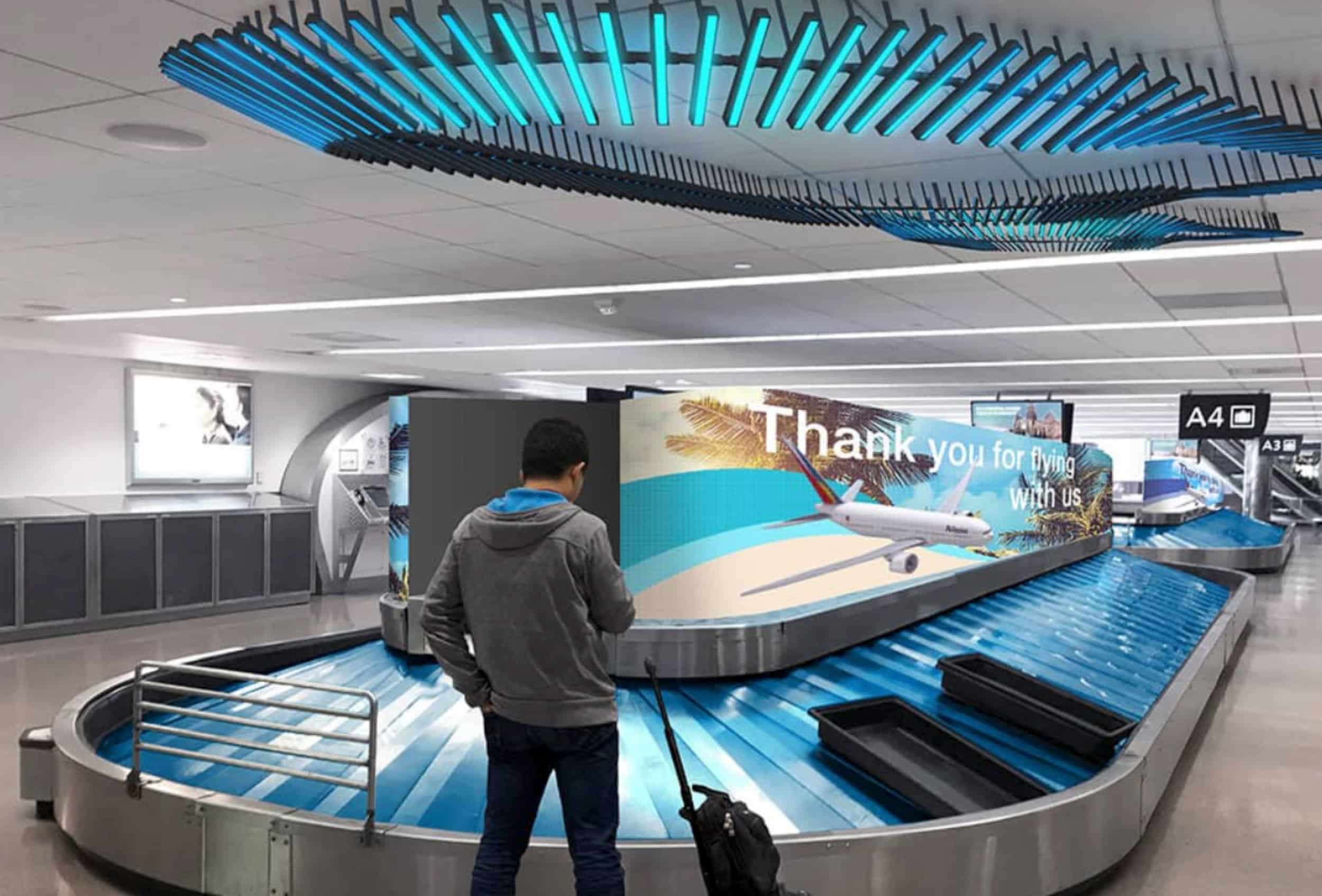 More businesses are using digital displays and EMCs due in part to flexibility of programming.
More businesses are using digital displays and EMCs due in part to flexibility of programming.
The next step up is where things start to get interesting. We encounter kiosks all the time. They could be in the hospital clinic or an auto service center — heck, gas pumps are becoming more like kiosks every day. The current trend insists that kiosks have higher resolution displays and more intuitive interactivity. Touchscreen interfaces have become more prevalent and companies are finding the kiosk a good place to slip in additional advertising.
The signs we just described are what you could call the ‘up close and personal’ side of the business, really designed for viewing by a single or small group of individuals. How do you address the multitudes? The most popular method for enclosed areas such as auditoriums, arenas and other large spaces is a video wall. In this case, a number of panels comprise a giant monitor, which displays live performers, lecturers and on-field closeups at sporting events so that large crowds can see everything. Some stage performers will also use video walls for mood-setting graphics like fire or spaceships or whatever fits the performance. Between acts or during timeouts these signs can conveniently display advertising.
Speaking of advertising, probably the best known electronic signs are digital billboards. We’ve discussed these in the past but they are popping up everywhere. Your first thought may be the giant billboards you see on the road but schools, churches and shopping centers are using them to advertise events, sales and fundraisers as well. The smaller signs are actually a good area to get your feet wet if you are interested in getting into the electric display business.
What are some of the new innovations available today? The transparent panel is probably the most exciting. Installed on glass doors, windows, bus stop shelters and other transparent surfaces, the panel uses a motion sensor to display messages. Another interesting development is the use of curved panels, which allow for varied geometric shapes as well as a better field of view. These technologies are available today.
In the future, who knows? Changes may come from the audience-recognition side, using biometrics and AI to specifically target ads and messages. Looks like Blade Runner may finally be coming true. Technologies such as vision tracking and audio input can make informational signs and kiosks more effective in the future.
So, that’s a small rundown of this growing market segment in our business. Informational digital posters and small-scale electronic billboards are great areas to start with. Just look around; they’re everywhere.
PHOTO GALLERY (6 IMAGES)
Advertisement
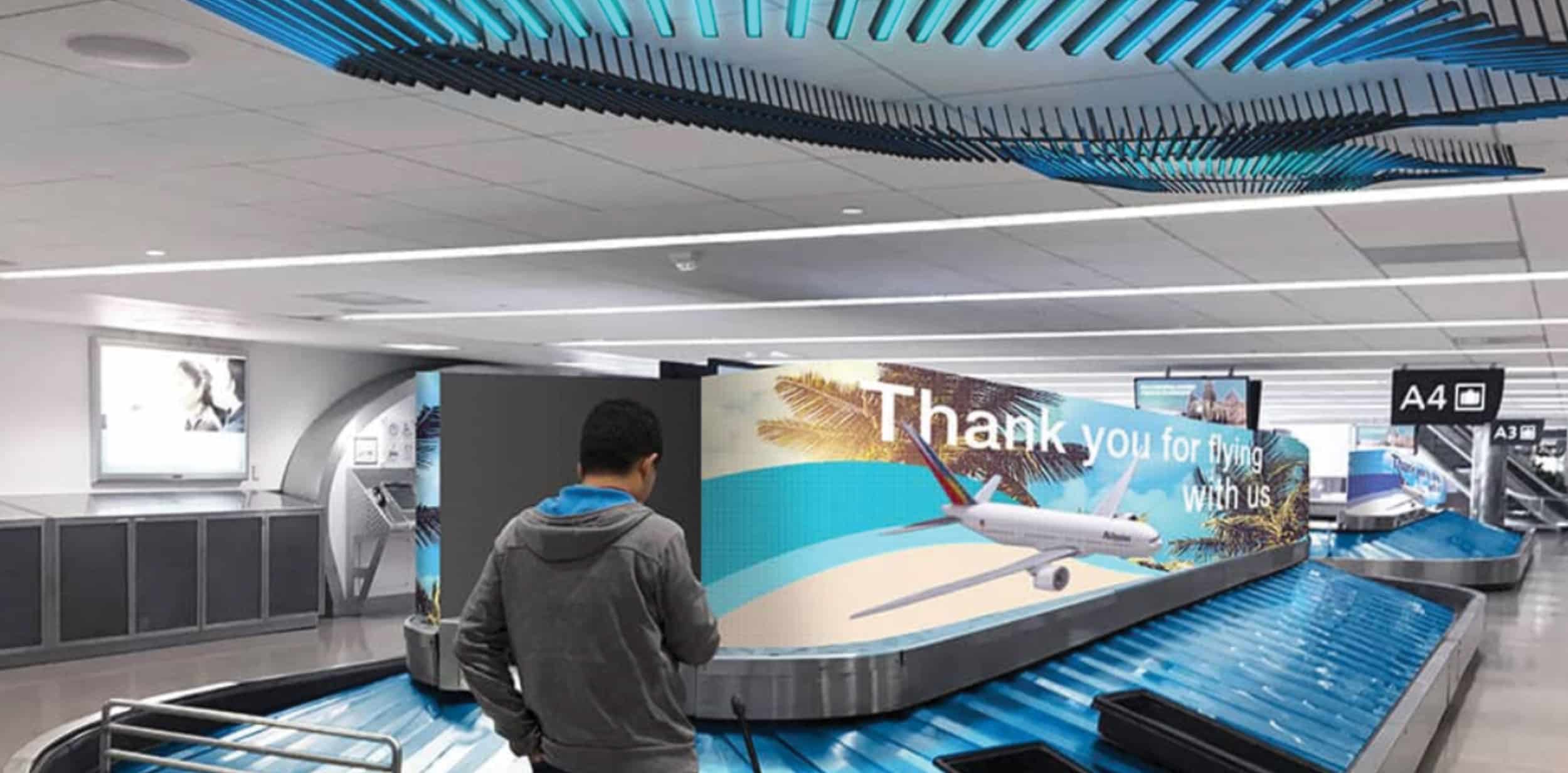

 Tip Sheet2 weeks ago
Tip Sheet2 weeks ago
 Real Deal2 weeks ago
Real Deal2 weeks ago
 Paula Fargo3 days ago
Paula Fargo3 days ago
 Photo Gallery21 hours ago
Photo Gallery21 hours ago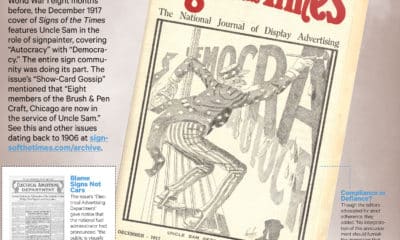
 Signs of the Times4 days ago
Signs of the Times4 days ago
 News1 week ago
News1 week ago
 Special Report1 week ago
Special Report1 week ago
 News2 weeks ago
News2 weeks ago
 More businesses are using digital displays and EMCs due in part to flexibility of programming.
More businesses are using digital displays and EMCs due in part to flexibility of programming. 
